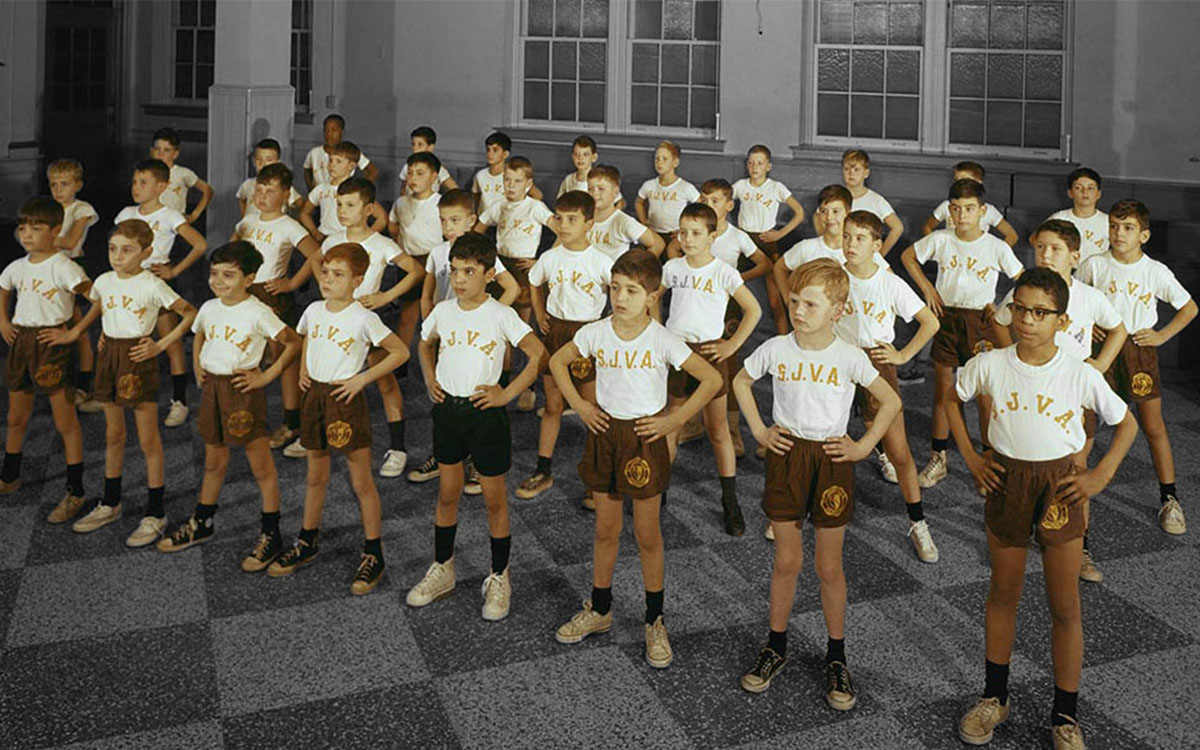For the majority of the past few weeks as I’ve stayed the hell at home, my workout routine has been pretty simple: stream a virtual YoYoga! class a few times a week with piles of pillows, towels in lieu of yoga straps and child’s poses galore. When I’m feeling really ambitious, I’ve been doing strength training for beginners from the bowels of YouTube.
Then, at the end of March, I downloaded the free FBI FitTest app (available for iOs devices here and for Android devices here). The premise is simple: “Test your agent fitness level,” and the app is easy to use — so much so, perhaps, that the user interface is reminiscent of something built in 1997, even though the app was first released in 2018.
When you use the app, it takes you through the very exercises that special agent candidates must complete to pass their fitness test. The app also offers helpful video tutorials for some exercises along with tips for maintaining proper form.
“In an increasingly mobile technological environment, FBI apps help the public connect with us on the devices they use so frequently — their cell phones and tablets,” said Jonathan Cox, chief of the FBI Office of Public Affairs unit that oversaw the creation of the app in partnership with the FBI’s Training and Human Resources Divisions, per a press release. “Although physical fitness test instructions are available online, the app adds an interactive, mobile element to learning more about this important test,” Cox explained.
As the press release notes, the app operates in two different modes:
- Practice mode allows the user to practice each workout in any order as many times as desired. Practice scores are provided for each workout once completed.
- Testing mode walks the user through a mock FBI Physical Fitness Test to simulate the order in which exercises are completed and the break time between each exercise. Testing mode provides the user with an overall score.
After I downloaded the app — no top-secret disclosures or even so much as a username required — I was ready to take my first shot at the Physical Fitness Test, practice mode edition. The simple exercises are quite reminiscent of middle-school gym class challenges, except that you might not have a partner to hold your feet while you do sit-ups. In total, there are five tasks you’ll need to complete for the FBI Physical Fitness Test: sit-ups, a 300-meter sprint, push-ups, a 1.5-mile run and optional pull-ups if you want to simulate being part of the Tactical Recruitment Program. (Given that my Manhattan apartment lacks a pull-up bar, I opted out of the pull-ups.)
For the first few days after doing the daily rundown, I was exhausted. For the sit-up challenge, I couldn’t hit the minimum requirement of 35 repetitions in a minute, and let’s just say my push-ups harkened back to my middle-school days, at best. But then something happened: in the midst of feeling like a cooped up animal day after day, I actually started to look forward to the daily opportunity to beat yesterday’s results. As you finish each task, the app allots you points based on your performance so you know if you passed, met the minimum standards or need to go back to good ol’ FBI boot camp and try harder (not in those words). Using the “history tab,” you can scan your daily results and track your progress, though for me, I found it easier to keep a spreadsheet with my daily results to give myself that extra serotonin-infused jolt of accomplishment after each workout.
So what did I learn after all this sprinting around like a madwoman and cranking out push-ups like my life depended on it? For one thing, minus the 1.5-mile run, the workout takes about five minutes total. Right now, we all have five minutes to spare. Because of the situation in New York, I replaced the 1.5-mile run with hopping on my exercise bike for 20 minutes and 90 percent of the time, I found the motivation I got from knocking out the sprint, sit-ups and push-ups inspired me to do a lengthy workout I otherwise wouldn’t have the energy to do. Sometimes, it was the exercise bike. Sometimes, it was weightlifting videos on YouTube. But now, I’m swapping the weightlifting sessions for beginners with 30-minute HIIT circuits.
I also realized the value in working out at the same time every day. Especially while we’re all stuck at home, giving yourself a semblance of a routine can be the difference between having an OK day and going cuckoo. Carving out time around 1:00 p.m. for a midday workout break can do wonders for your mood, as can testing yourself first thing in the morning or after you wrap up the workday. Experiment for the first few days, and then whatever works for you, stick with it.
As for when I’ll switch off practice mode and take a twirl at test mode? I’m waiting for the glorious day when my hometown returns to normal. To celebrate, I’ll delay drinking at my favorite bar (hello, Beach Cafe crew!), until I’ve blazed through Central Park for a lap around the reservoir. I have a feeling it’s going to be the fastest 1.5-miler I’ve ever run.
This article was featured in the InsideHook newsletter. Sign up now.

















